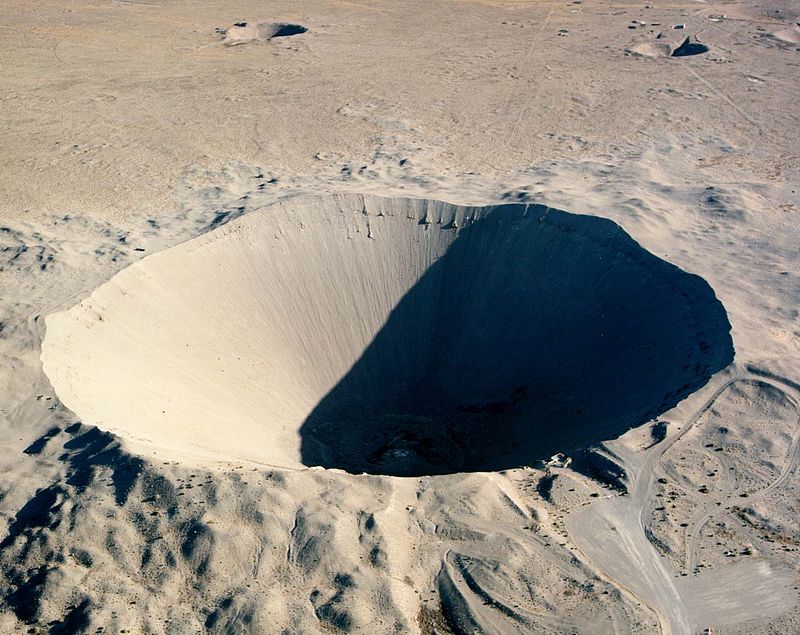Sedan_Plowshare_Crater.jpg

Part 1 of 2 Parts
The primary use of nuclear explosives has been, of course, military applications. There have been suggestions through the years of possible peaceful uses of nuclear detonations. Both the U.S. and the Soviets/Russians came up with a variety of idea for such uses. I have blogged before about some of these proposed projects, but I thought that I would update my list of possible peaceful uses of nuclear bombs today. President Trump’s recently proposed dropping a nuclear warhead into a hurricane to quench it. This shows that such uses of nuclear bombs are still being suggested.
The U.S. Atomic Energy Commission created Project Plowshare to explore peaceful uses of nuclear detonations in 1958. Thirty one nuclear bombs were exploded in twenty-seven different test projects. Over three hundred experiments were carried out by Project Plowshare but none of the suggested uses for nuclear detonations turned out to be practical and none were implemented. Suggested uses included excavating harbors and canals, building dams, fracking for oil and natural gas, digging railroad cuts, disposing of sewage and even generating steam for geothermal power.
There was adverse public reaction to some of the consequences of Project Plowshare experiments and the program was terminated in 1977. One issue was the creation and distribution of tritium in the water supply. Another obvious problem with that of fallout generated by above ground nuclear detonations.
From the fifties to the eighties, the Soviet Union conducted hundreds of test explosions in their own attempt to find peaceful uses for nuclear bombs. The Soviet program was called Nuclear Explosions for the National Economy. Between 1965 and 1989, one hundred and fifty experimental nuclear detonations were carried out under the program. Many of their detonations were used to generate seismic data for mineral and fossil fuel exploration and other purposes including mining operations. In 1979, they set off a three hundred kiloton explosion in a coal mine in Eastern Ukraine. That particular detonation has been contaminating the water in the region with radioactive materials ever since.
In 1996, the Comprehensive Nuclear-Test-Ban Treaty was put into effect. All the signatory nations were prohibited from detonating any nuclear device whether nuclear warheads for weapons or for any peaceful purpose. Now the INF treaty expiration and the potential collapse of new START negotiations threaten attempts to restrain the testing of new nuclear weapons. There are concerns among nuclear powers that a new arms race may be coming. It is possible that there will also be a renewed interest in peaceful nuclear detonations.
Here are some of the things that have been suggested as peaceful uses of nuclear detonations but are probably not a good idea.
When there is a fire in an oil well or a natural gas well, one way to put it out is to detonate an explosion to collapse the well. The Soviet Union actually applied this technique several times, but it must not have worked well because it was abandoned. The Obama Administration was reported to have considered this as a quick way to cap the leaking Deepwater Horizon well in 2010 but the idea was dropped.
Please read Part 2
Sedan Crater created by Project Plowshare detonation: